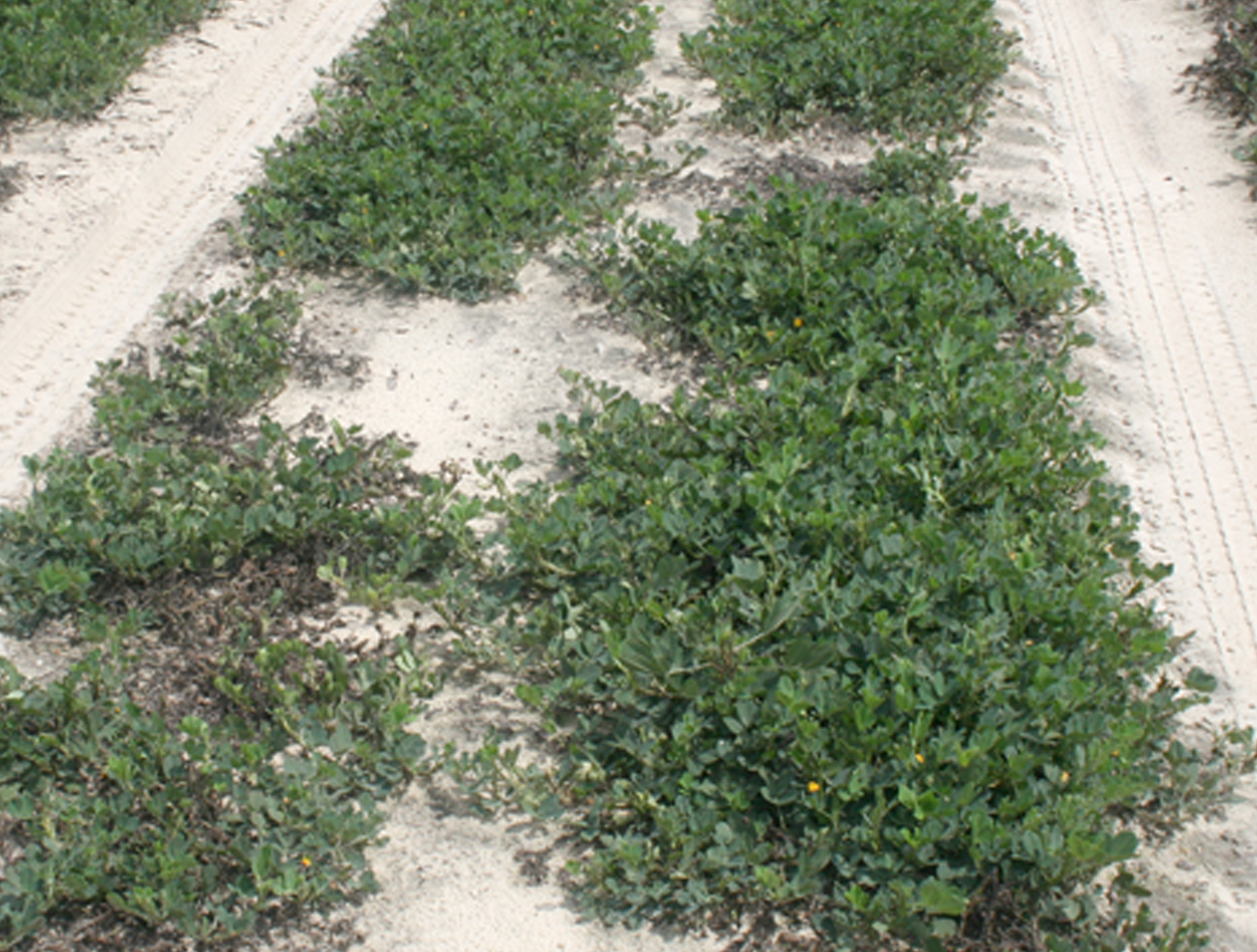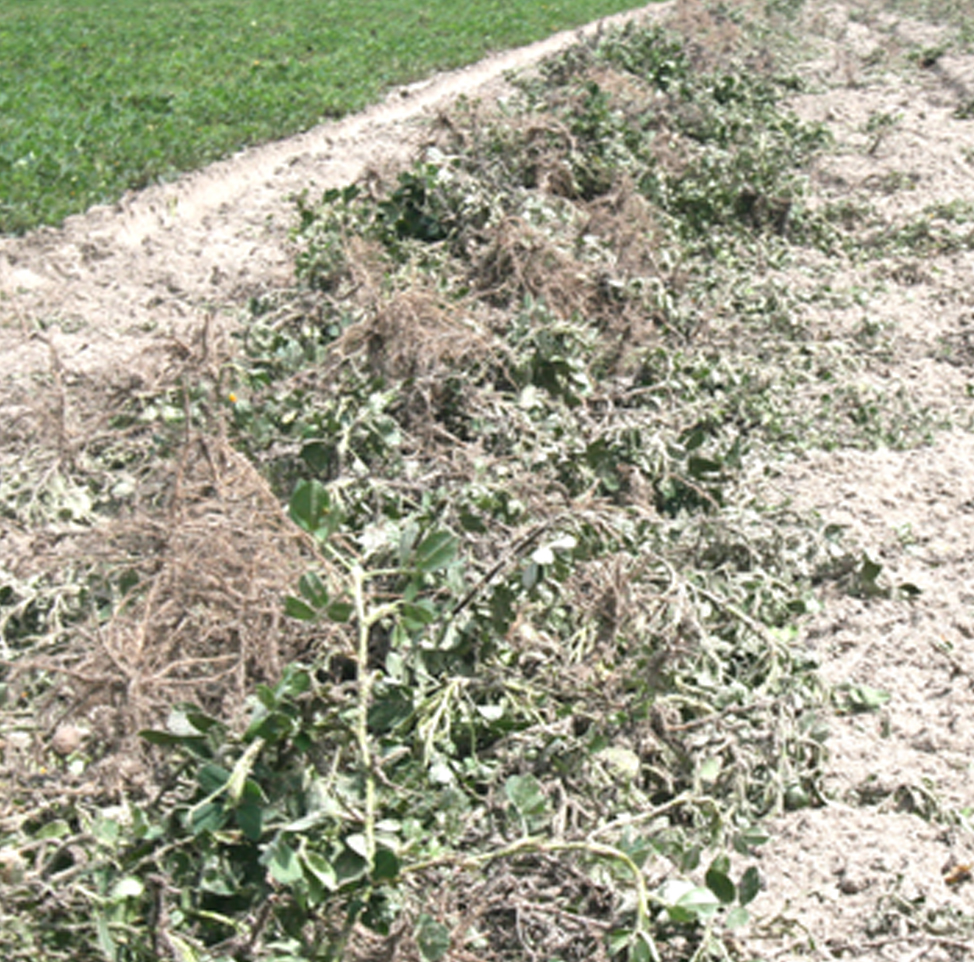A new smartphone app for the Peanut Disease Risk Index, or “PEANUT Rx,” will help Georgia peanut growers predict their risk of disease for this year’s crop.
The PEANUT Rx program, created by researchers from the University of Georgia, University of Florida, Auburn University and Mississippi State University, allows producers to predict the advantages of using various crop management strategies. Growers can now access this information in the field, on the tractor or in their truck, thanks to the new app.
“I’m not here to tell a grower what to do. Our role in University of Georgia Cooperative Extension is to give farmers options, give them opportunities,” said Bob Kemerait, plant pathologist on the UGA Tifton Campus. “The opportunity that this app provides is (for growers) to educate themselves on what their risk is, to manage that risk and then to understand the prescription fungicide programs that different companies offer, spraying fewer times or more times, depending on (whether they’re at a) low risk or high risk. Even if they don’t change their fungicide program, it’s an opportunity to learn how to reduce risk and how to properly manage risk.”
The PEANUT Rx app can be accessed from smartphones with Apple or Android operating systems. Those with a Android operating system can go to Google Play and search “UGA PEANUT Rx.” Growers using iPhones should go to the Apple App Store and search “PEANUT Rx.” The app is free and only takes a few minutes to download. Risk factors are updated annually, providing growers with the most updated information relating to research and variety testing, Kemerait said.
“There are countless hours and years of research in this PEANUT Rx project. The beauty of it is its simplicity. We are able to package many of the things we understand about disease risk in peanuts into a few simple steps,” Kemerait said. “It’s now even more available through a smartphone app. We’re hopeful growers will adopt it and be comfortable with it, in order to better manage their peanuts.”
PEANUT Rx deals with the three major diseases in peanuts: tomato spotted wilt virus, leaf spot and white mold. Kemerait said the index examines production factors like crop rotation, planting dates, plant varieties and the insecticide growers use at the beginning of the growing season. The index provides producers with a risk assessment of crops that could be affected by one of these three diseases.
“It helps our farmers tailor a program that’s most appropriate for their risks. We’re not waiting until we see disease; we’re looking at the preseason risk factors that are associated with outbreaks of the disease and then changing those factors – finding a different variety, adjusting planting date, plant population, tillage practices – that will affect risks. Once you have a final risk value, then you decided what fungicide program is most appropriate for your situation,” Kemerait said.
To learn more about PEANUT Rx, go to ugapeanuts.com. If you have additional questions, contact your local UGA Extension agent.
Georgia is the country’s top producer of peanuts, recording $507.4 million in farm gate value in 2013, according to the UGA Center for Agribusiness and Economic Development.








